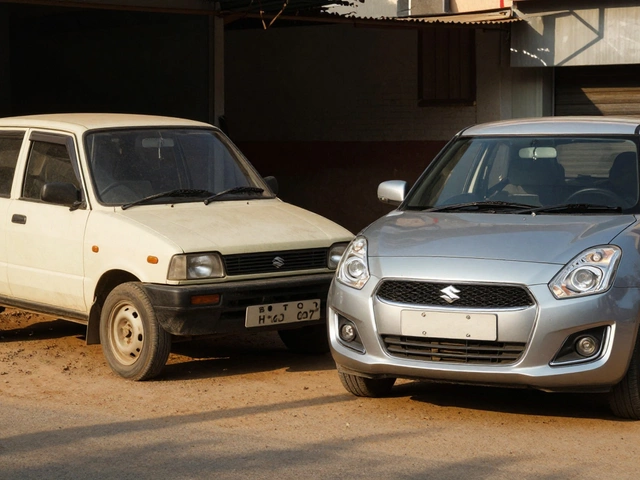Start Your Textile Startup in 2025: A Practical Roadmap
If you’re dreaming of turning yarn into cash, you’re in the right place. A textile startup doesn’t need a massive factory or a PhD in engineering. All you need is a clear idea, the right partners, and a plan that matches today’s market demands. Let’s break it down step by step so you can move from concept to production without getting stuck.
Pick a Product That Sells Today
The first rule of any startup is to solve a real problem. In textiles, that means spotting trends early. Think sustainable fabrics, smart clothing with embedded sensors, or niche home‑textiles like blackout curtains for city apartments. Look at the "Highest Demand Product Ideas for Manufacturing Startups" article – it lists items that already have buyers waiting. Choose one, test a small batch, and get feedback before scaling.
Map Out Your Production Process
Once you know what to make, sketch the production flow. Identify the five M’s – Man, Machine, Material, Method, Measurement – and decide which parts you can handle in‑house and which you’ll outsource. For a textile startup, the most common outsource points are yarn sourcing and finishing. Use local suppliers in India to keep logistics cheap, but ask for sample swatches to verify quality before signing any contract.
Next, calculate your cost per unit. Include raw material, labor, energy, and a small buffer for waste. This number will guide your pricing and help you convince investors that the business can be profitable.
Funding a textile startup is easier than you think. Apart from personal savings, explore government schemes from the "Make in India" initiative that offer subsidies for small‑scale manufacturers. Banks also have special loan products for the textile sector. Prepare a short pitch deck that highlights your product, market size, and breakeven point – investors love numbers they can verify.
Branding matters as much as the fabric. Choose a name that reflects the material’s vibe – whether it’s eco‑friendly, high‑tech, or luxury. Build a simple website, show off product photos, and start gathering email sign‑ups before you launch. Early customers become brand ambassadors and can give you honest feedback on fit, feel, and durability.
When you’re ready for the first production run, keep inventory low. A small batch of 500–1000 pieces lets you test demand without tying up cash. Use the "Step‑by‑Step Guide to Launching a Small Scale Industry Successfully" as a checklist for permits, fire safety, and waste disposal – missing any of these can halt your operation quickly.
After the launch, track three key metrics: sales velocity, return rate, and production lead time. If sales are steady but returns are high, revisit quality control. If lead time drags, look at bottlenecks in stitching or dyeing and see if a different machine or vendor can speed things up.
Finally, think about growth. You can expand product lines, move into private label contracts for bigger brands, or export to nearby markets like Bangladesh and Sri Lanka. The textile sector is highly connected – once you prove you can deliver on time, larger players often come knocking.
Starting a textile startup in 2025 is about mixing creativity with disciplined planning. Pick a product that people need, set up a lean production line, secure smart funding, and keep an eye on quality and data. Follow these steps, and you’ll turn fabric dreams into a thriving business.
Most Profitable Textile Businesses: Top Ideas & Niches for High Returns
Uncover which textile businesses bring the highest profits today, from apparel to technical textiles. Get insights, stats, and expert tips to boost your textile venture.
Read More




